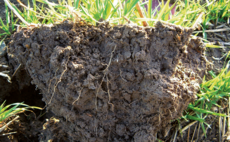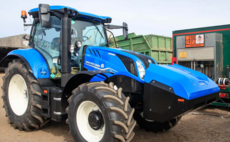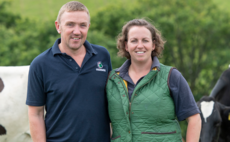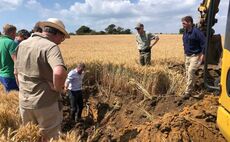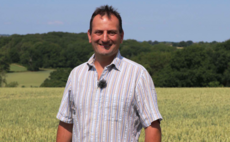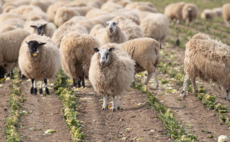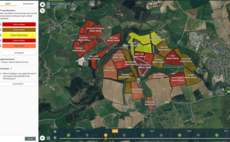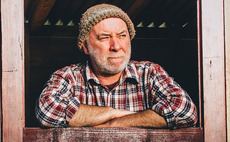net zero
Arable
Bayer’s global Carbon Programme aims to help and link the supply chain from farm to fork, and to provide common, consistent standards and measurements.
Arable
Soil is a critical part of your farm’s carbon footprint, but what are the core principles involved, and what is and is not possible in terms of soil and carbon?
Arable
Essex farmer Ben Sell has been at the forefront of the evolution of the methane power tractor revolution from New Holland.
Arable
A methane-powered revolution is underway in Cornwall, which will give vehicles and even farms total energy independence.
Arable
This summer Kent farmer Doug Taylor reaped the rewards of a long-term project to increase soil organic matter and now plans to take his soil and carbon even more seriously.
Arable
Three UK farmers involved in the Bayer Carbon Programme are looking forward to finding out more about their farms and carbon.
Arable
Sharply escalating costs for fertiliser and fuel, coupled with extremes of weather, mean there has never been a better time to look at your farm’s carbon footprint.
Arable
Easy-to-use IT means it is now straightforward to see the impact changes in practices might have on your farm.
Farm Business
Farmers across the UK are being urged to consider the implications of allocating land for tree planting, after a US report showed carbon offsetting has a number of potential risks.
Farm Life
Most native broadleaf trees respond to cutting by sending up dozens of new shoots the following year a natural process which seems to have been overlooked by Government Ministers, policy-makers and non-governmental organisations with their futures invested in planting trees, says land economist Richard Edwards.


 27 October 2022
•
6 min read
27 October 2022
•
6 min read
